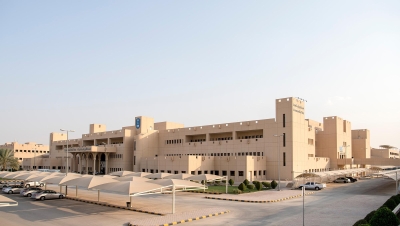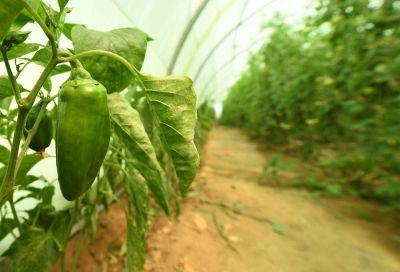
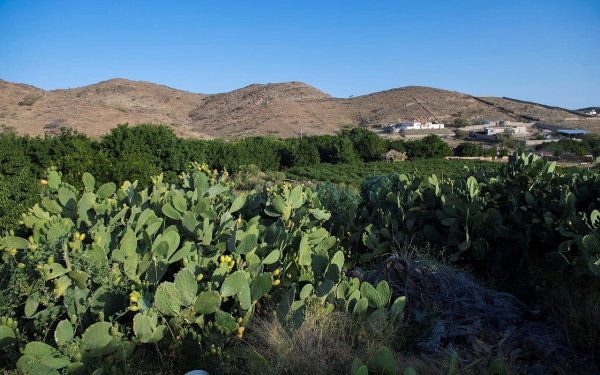
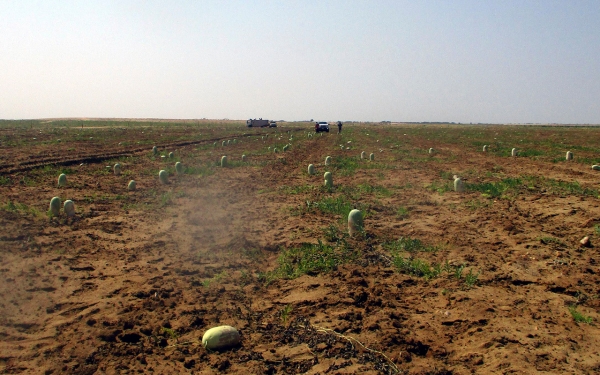
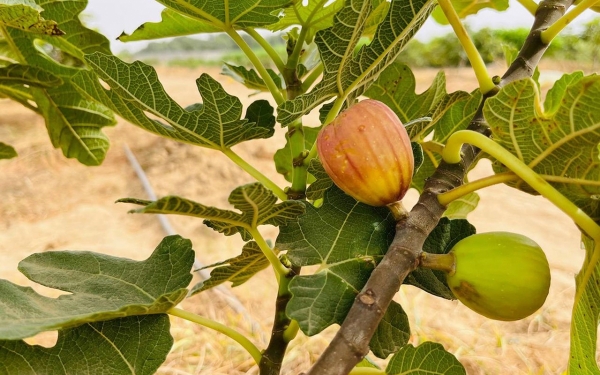
Seasonal Agriculture in the Kingdom of Saudi Arabia is the concept that refers to the period of the year characterized by changes in weather, environment, and daylight hours. Seasonal agriculture in Saudi Arabia is one of the elements contributing to achieving balanced and sustainable development within the agricultural sector, while also aiding in environmental preservation and the reduction of pollution levels. The development of seasonal agriculture reflects an increase in self-sufficiency rates for various agricultural products in Saudi Arabia.
Seasonal agriculture in Saudi Arabia varies in accordance with the diverse terrains of its regions and cities that meet the conditions for the successful growth of various agricultural products. This diversity serves as an attraction factor for various segments of society, including consumers, traders, and investors.
Agriculture Seasons in Saudi Arabia
According to the agricultural census methodology organized by the General Authority for Statistics, there are two agricultural seasons:
- The winter season, during which winter crops are cultivated, has a production cycle of less than a year. Winter crops are typically sown in November through the end of December and harvested in March of each year, whether in open fields or under perennial crops such as fruit trees. Some of the key crops grown during the winter season in Saudi Arabia include onions, garlic, carrots, peas, and cauliflower.
- The summer season, during which summer crops are cultivated, has a production cycle that is less than a year. These crops are usually planted in March, April, and May and harvested in August and September, whether in open fields or under perennial crops such as fruit trees. Some of the prominent summer crops in Saudi Arabia include watermelon, cantaloupe, tomatoes, cucumbers, and eggplants.
- The winter season, during which winter crops are cultivated, has a production cycle of less than a year. Winter crops are typically sown in November through the end of December and harvested in March of each year, whether in open fields or under perennial crops such as fruit trees. Some of the key crops grown during the winter season in Saudi Arabia include onions, garlic, carrots, peas, and cauliflower.
- The summer season, during which summer crops are cultivated, has a production cycle that is less than a year. These crops are usually planted in March, April, and May and harvested in August and September, whether in open fields or under perennial crops such as fruit trees. Some of the prominent summer crops in Saudi Arabia include watermelon, cantaloupe, tomatoes, cucumbers, and eggplants.
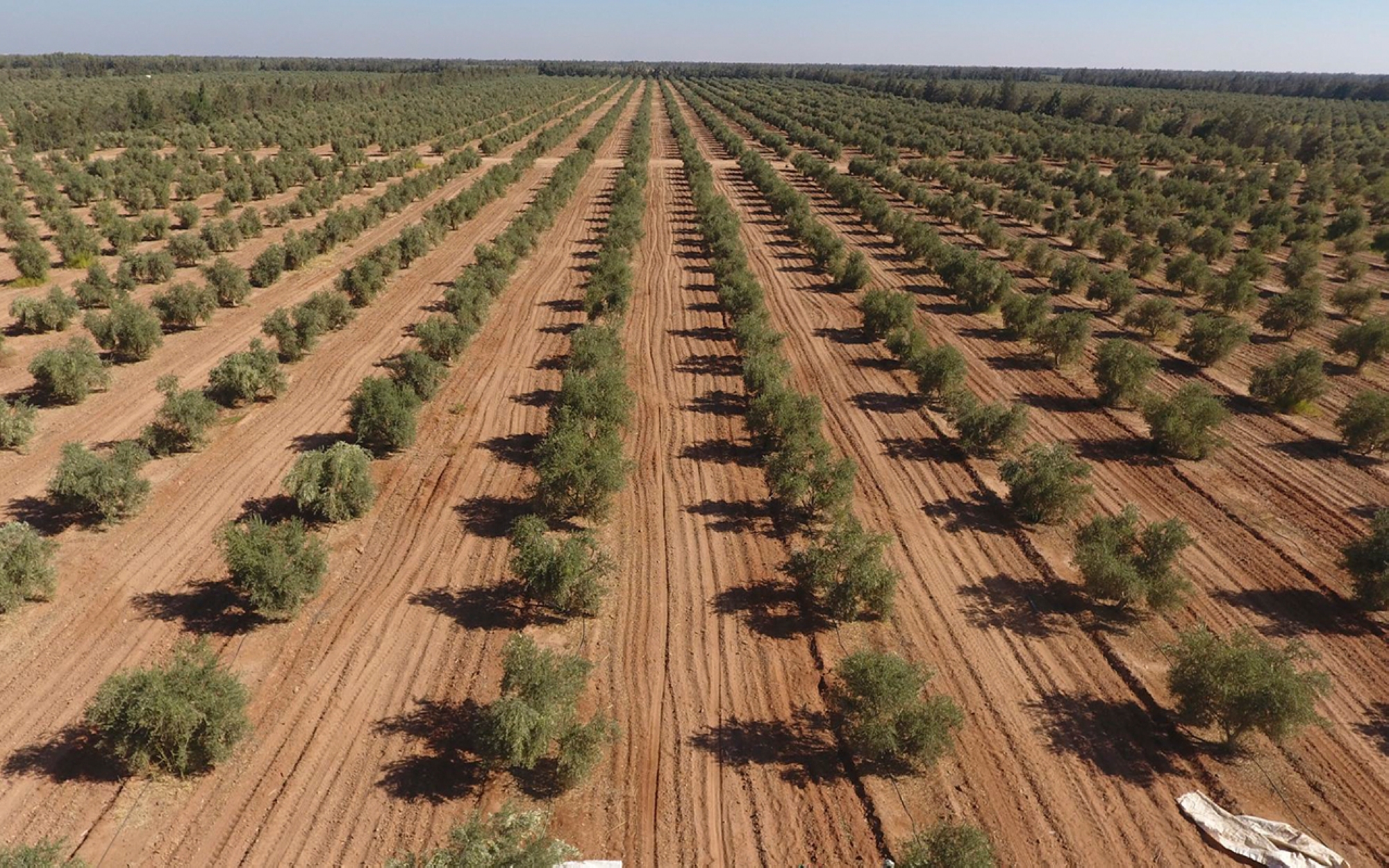
The Saudi agricultural production in the field of seasonal agriculture
Al-Jouf Province in Saudi Arabia leads in terms of the cultivated area of wheat, surpassing 229,000 dunams with a rate of 25.6 percent. It also ranks first in terms of the number of perennial trees, excluding palm trees, with a rate of 46 percent. Al-Jawf Province harbors 82 percent of Saudi Arabia's total number of olive trees. Furthermore, Riyadh Province ranks first among administrative regions in terms of the cultivated forage area, with a total area of 1,720,003 dunams, accounting for 35.3 percent of the total cultivated forage areas in Saudi Arabia.
As barley is the second-highest grain crop cultivated in Saudi Arabia, Riyadh Province leads in terms of the largest barley-cultivated area, exceeding 254,000 dunams, which represents 27.1 percent of the total barley-cultivated areas in Saudi Arabia. It is followed by al-Qassim Province, with an area of 221,760 dunams, accounting for 23.6 percent of the total barley-cultivated areas in Saudi Arabia. Next is Hail Province, with an area of 198,714 dunams, representing 21.2 percent of the total barley-cultivated areas in Saudi Arabia.
Al-Baha Province is one of the Saudi provinces experiencing seasonal trade activity in the agricultural sector throughout the province and its affiliated governorates, as well as within other provinces and cities. It is known for producing bountiful seasonal grains and fruits, including apples, prickly pears, jujubes, mulberries, mangoes, guavas, wild almonds, bananas, grapes, pomegranates, figs, apricots, peaches, and plums.
Due to the availability of opportunities for agricultural success, including water resources and fertile soil, agricultural production in al-Baha Province encompasses all varieties of fruits. Agriculture in its centers has been the most practiced profession during past decades, with the local population actively engaged in farming. This has brought them various commercial benefits that contribute to the improvement of life and development of villages. Agriculture remains a significant part of the province's trade, and its produce is exported to various parts of Saudi Arabia.
The Northern Borders Province is distinguished for seasonal rose cultivation in the fields and squares of its cities as part of its plans to improve the quality of life and consider environmental requirements in its streets and squares. Najran Province hosts festivals for local flowers and trees, while Asir's farms produce various types of fruits during the summer, including pomegranates, figs, celery, prickly pears, peaches, plums, and grapes.
Saudi seasonal agriculture places great importance on agricultural inputs and selecting varieties that are easy to market to boost targeted agricultural yields during each season, aligning with the national strategic objectives in agriculture. This includes ensuring strategic food products in local markets and exporting any surplus to international markets
Seasonal agriculture for grain crops in Saudi Arabia
According to the statistics from the General Authority for Statistics in 2019, the total cultivated area for grain crops in Saudi Arabia was 2,683,312 dunams, of which 2,597,886 dunams were harvested. According to the 2018 survey results, barley had the highest cultivated area among grain crops in Saudi Arabia, exceeding 938,000 dunams, accounting for 35 percent of the total cultivated grain areas in Saudi Arabia. Wheat came in second place with an area exceeding 897,000 dunams, representing 33.4 percent of the total cultivated grain areas in Saudi Arabia. In terms of production, the total grain production at the administrative region level in Saudi Arabia was 1,440,065 t, with a sales production percentage of 86 percent of total grain production.
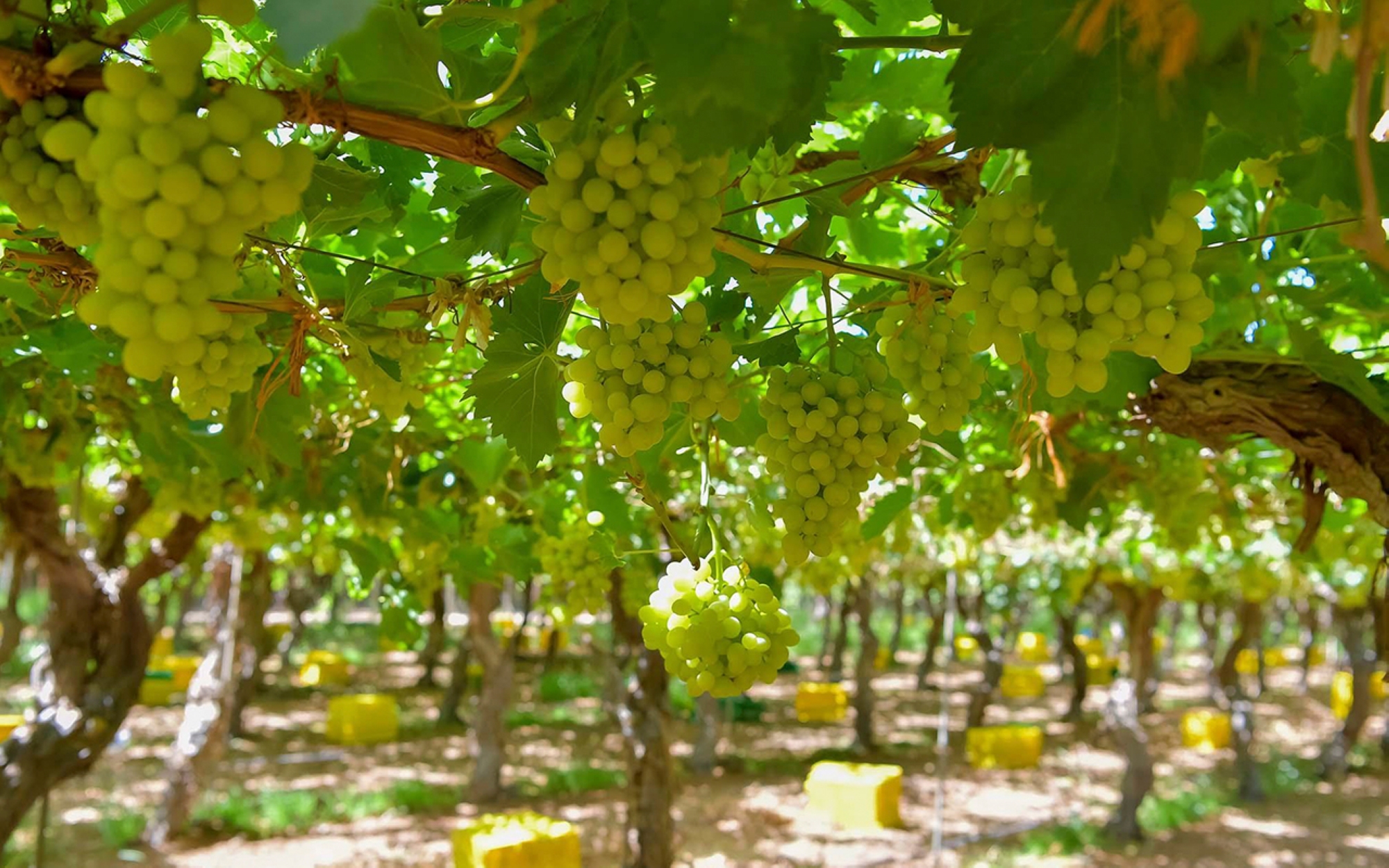
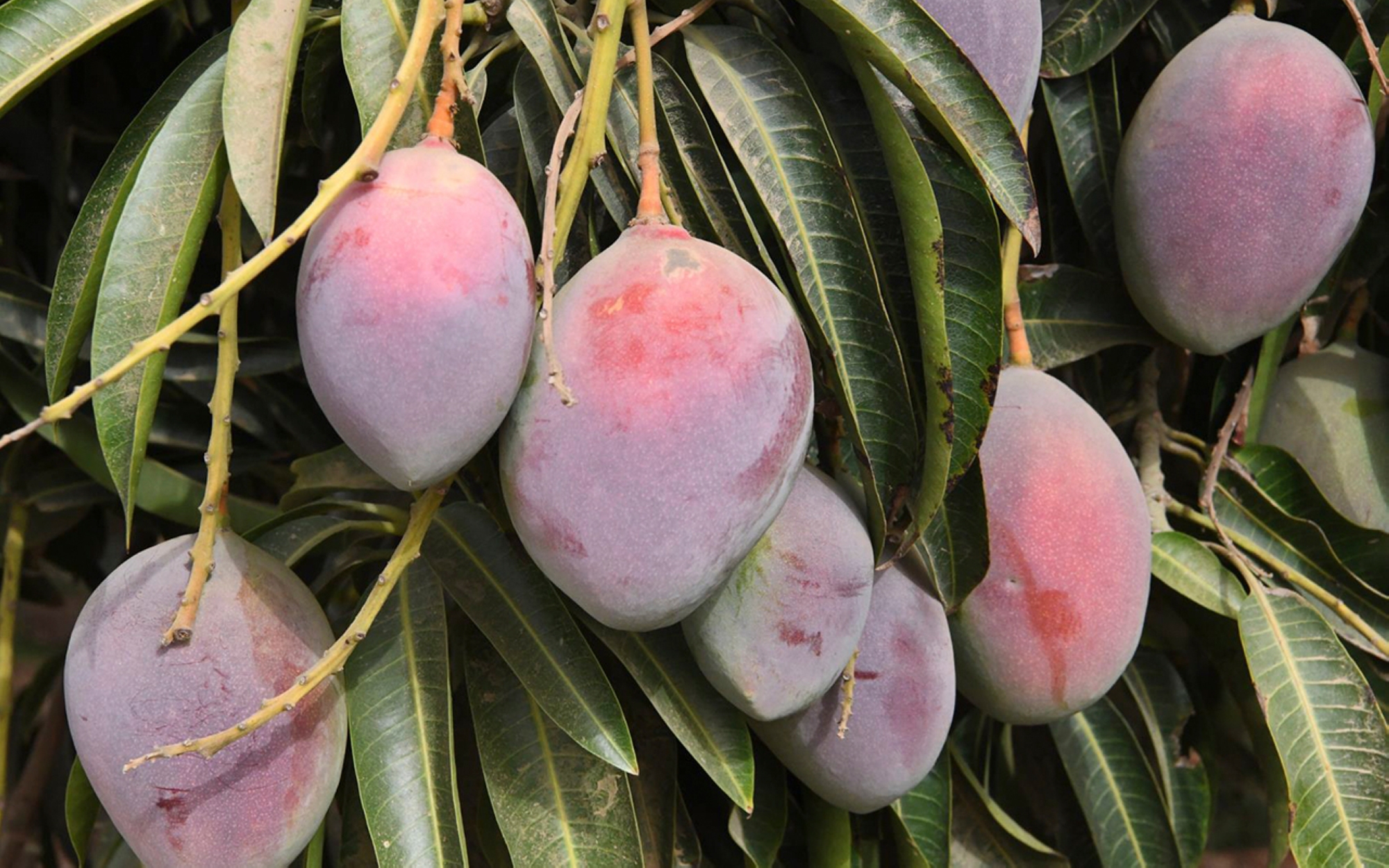
Seasonal fruit cultivation in Saudi Arabia
Saudi Arabia produces a diverse range of fruits and exports the surplus to its requirements to the world. In 2021, the domestic production of fruits in Saudi Arabia reached 1.4 million t, with a self-sufficiency rate of 45 percent. Among the most prominent fruits are dates, which achieved a self-sufficiency rate of 111 percent, watermelons at 99 percent, cantaloupes at 82.5 percent, and mangoes at 62 percent. Saudi Arabia also produces pomegranates, lemons, grapes, olives, apples, strawberries, bananas, oranges, and other fruits.
Seasonal palm cultivation in Saudi Arabia
Date palm trees are one of the most important seasonal crops in Saudi Arabia. The production of mature date palm trees ranges from forty to four hundred kg, depending on factors such as irrigation, fertilization practices, the quality of the variety, the region in which it is cultivated, the age and growth strength of the date palm, soil fertility and depth, successful pollination, the source of pollen grains, and resistance to diseases and pests that can negatively affect date palm trees.
According to the agricultural memorandum issued by the Saudi Ministry of Environment, Water, and Agriculture for guiding and directing date palm farmers, the planting season for date palm offshoots typically begins in mid-February and continues until the end of April, which is the spring stage, while the autumn stage begins in mid-July until the end of September. The offshoots of date palms are usually suitable for transplanting when the palm is between three and ten years old.
Seasonal agriculture of vegetables in Saudi Arabia
Each variety of vegetables produced through seasonal agriculture in Saudi Arabia is associated with a specific season. Among the prominent ones are tomatoes, peppers, eggplants, arugula, parsley, onions, honeydew, spinach, kale, lettuce, zucchini, cauliflower, carrots, beans, okra, fava beans, chickpeas, garlic, cantaloupe, radishes, arugula, potatoes, turnips, lettuce, coriander, pumpkins, and cucumbers.
The viability period of seasonal agricultural crop seeds in Saudi Arabia ranges from one to five years, depending on the types of vegetables and the surrounding environment. Onion, parsley, and honeydew seeds remain viable for one year, while okra, mallow, and beet seeds can retain their viability for two years. Carrots, spinach, peas, tomatoes, beans, peppers, green beans, and lettuce seeds remain viable for up to three years. Cabbage, cauliflower, turnip, lettuce, beans, radish, zucchini, pumpkin, honeydew, cucumber, and watermelon seeds can retain their viability for up to four years. Furthermore, squash, pumpkin, cantaloupe, cucumber, and watermelon seeds can remain viable for up to five years.
It's Time campaign by the Ministry of Environment, Water and Agriculture.
In July 2021, the Ministry of Environment, Water, and Agriculture launched It's Time campaign to raise awareness about the distinctive seasonal fruits in Saudi Arabia, according to the seasons and the relative advantages of different geographical regions. The campaign focuses on raising awareness about the diverse choices of seasonal fruits that are grown in Saudi Arabia, spreading knowledge about the importance of local fruits, and encouraging consumers to support local agricultural production to contribute towards achieving self-sufficiency and food security goals.
Related quizzes
